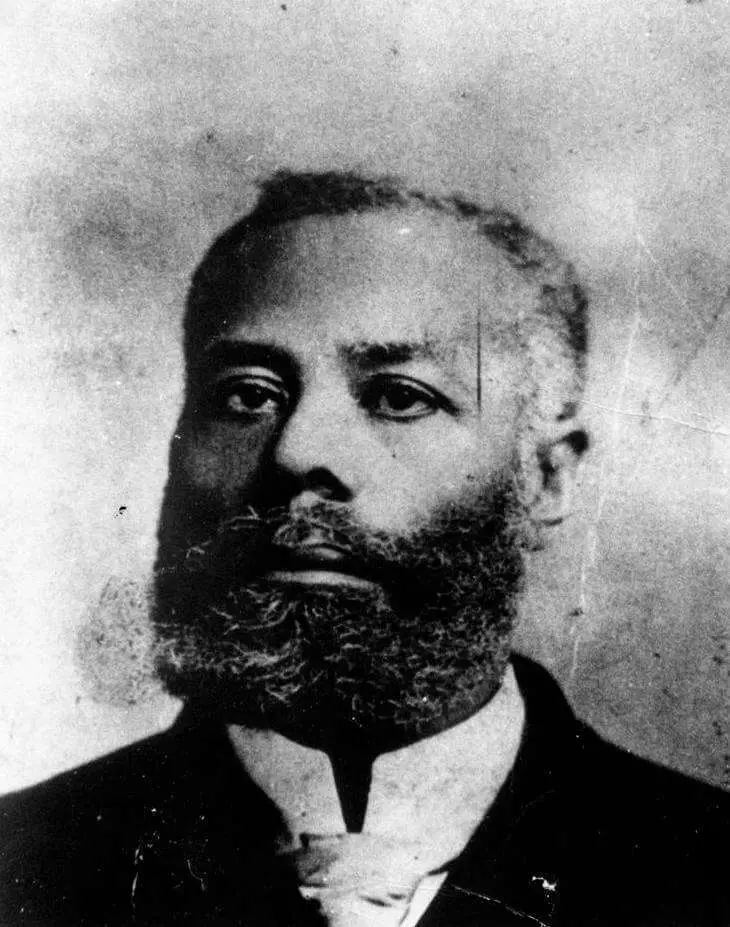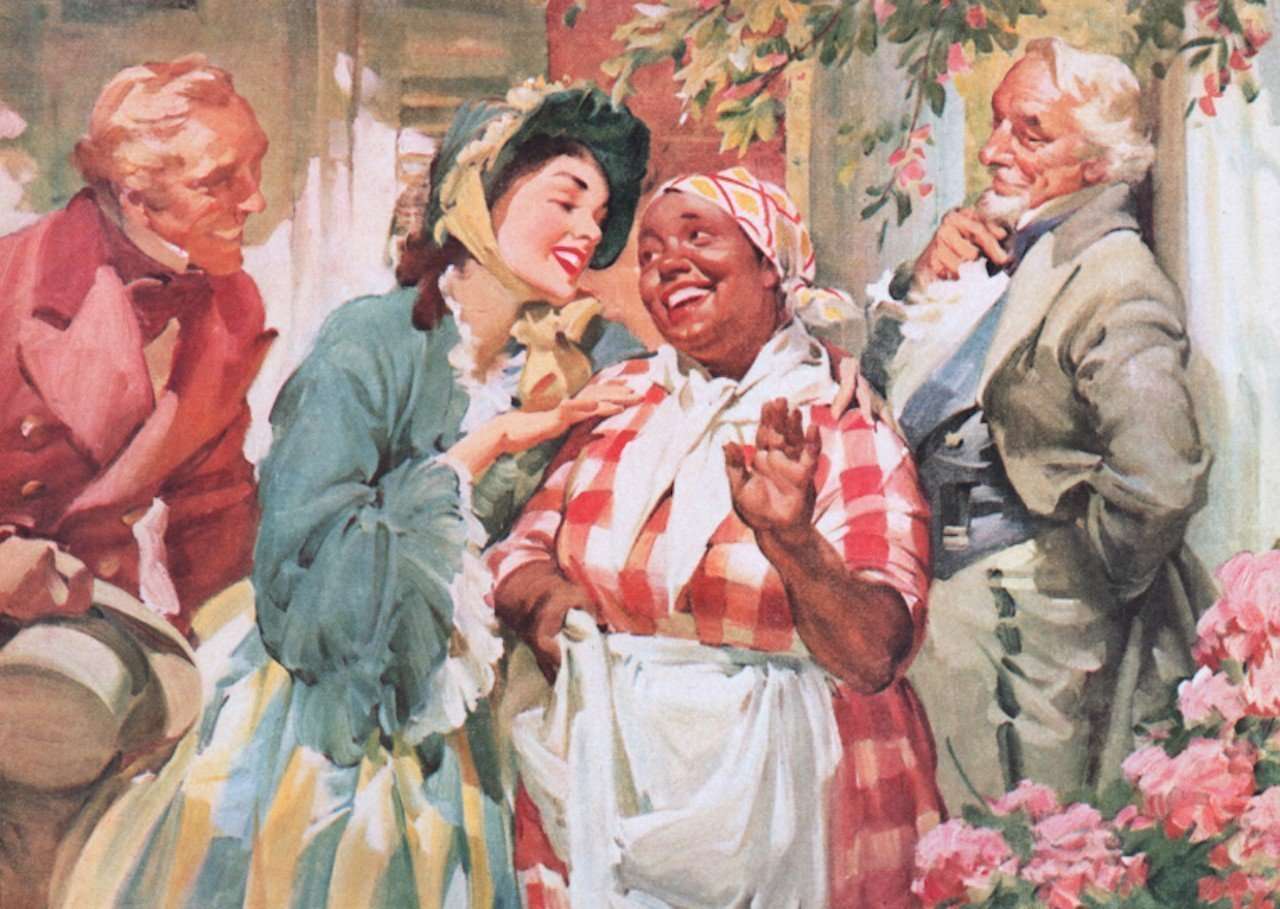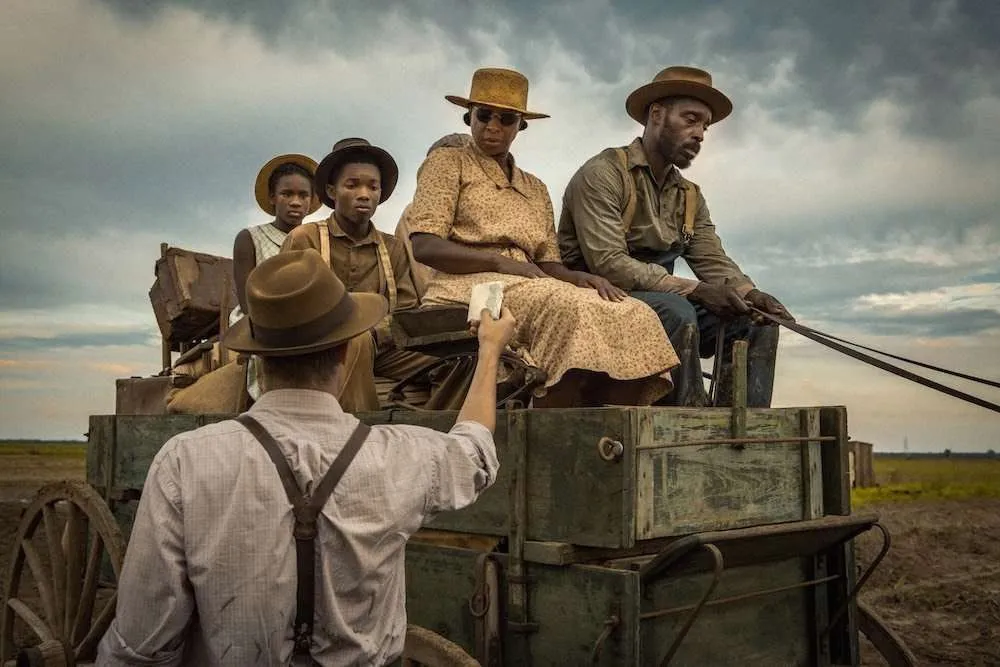Featured
Elijah McCoy: How a Black Man Revolutionized Industrial Machinery

The industrial revolution had one goal – to make life easier. Many people tried to achieve this goal, but only a few made innovations that altered human life irrevocably. This article closely examines the extraordinary life and work of Elijah McCoy, one of the few people who contributed to the industrial revolution.
Who was Elijah McCoy?
Elijah McCoy, an engineer with African American roots, was born in Canada to formerly enslaved parents. When he could not find work in the United States as an engineer, he started working for the railroad. His position allowed him to invent a lubrication device that increased railroad efficiency.
Early Life of Elijah McCoy
Elijah McCoy was born in Colchester, Canada, in 1844. He was the child of George and Mildred Goins McCoy, fugitive slaves who escaped from Kentucky to Canada. George McCoy joined the British forces and, in exchange, was awarded 160 acres of land.
When Elijah was 3, his family relocated to the United States and settled in Detroit, Michigan. In 1847, the family returned to the United States and settled in Ypsilanti, Michigan. This was where his father opened a tobacco business for the family of 14.
Life as an Engineer and Inventor
From a young age, McCoy was interested in mechanics. Seeing his potential, his parents sent him to Scotland at 15 for a mechanical engineering apprenticeship. After training, McCoy returned home to Michigan as a certified mechanical engineer.
McCoy could not find work in the United States despite his qualifications because skilled professional positions were not available for African Americans at the time. As a result, McCoy had to accept a position as an oilier and a fireman for the Michigan Central Railroad. The renowned engineer started making his first major inventions in this line of work.
Thanks to his training, the engineer could spot issues related to training machinery. This included engine lubrication and overheating, which required the train to stop. After studying the issues in the existing oiling axle system, McCoy found a solution. He invented a lubricating cup that distributed oil evenly over the engine’s moving parts. This invention allowed trains to run for long periods without stopping for maintenance. McCoy got a patent for his excellent work, certifying him as the invention’s sole owner.
As time passed, Elijah McCoy refined his devices and received nearly 60 patents. While most of his inventions were related to lubrication systems, he also created household items. This includes designs for a lawn sprinkler and an ironing board.
Sadly, McCoy’s name did not appear on most of the products he devised. Due to a lack of capital for mass production, he gave up his patents, and the rights were sold to investors or assigned to his employers. In 1920, McCoy formed the Elijah McCoy Manufacturing Company. Its purpose was to produce lubricants bearing his name as the inventor.
Family
In 1868, Elijah McCoy tied the knot with Ann Elizabeth Stewart. Sadly, she would die only four years after their marriage. In 1873, McCoy married Mary Eleanor Delaney. Once again, tragedy struck in 1922 as the couple was involved in a ghastly motor accident. Mary died, and Elijah sustained injuries he didn’t fully recover from. The couple had no children.
“The Real McCoy”
The expression “the real McCoy” means “the real thing” Over the years, the idiom’s origin has remained uncertain. Some academics believe it originated in the Scottish phrase “the real McKay.” A poem first referred to this in 1856.
Nonetheless, some view it from a more mechanical perspective. They believe that railroad engineers, presumably in their quest for “the real McCoy,” were the first to use this expression. This lubricator is not a cheap imitation; it comes with McCoy’s automatic drip cup.
Regardless of its origin, people commonly associate the phrase with Elijah McCoy. In 2006, award-winning director and playwright Andrew Moodie developed a play called “The Real McCoy.” The play tells the tale of the extraordinary black inventor.
Death of Elijah McCoy
Unfortunately, McCoy’s car accident injuries would not be the last of his troubles. In later years, he suffered a financial, mental, and physical breakdown which got him hospitalized. After a year in the Eloise Infirmary in Michigan, McCoy died from dementia on October 10, 1929. His family buried him in Detroit Memorial Park East in Warren, Michigan.
Legacy of Elijah McCoy

People greatly admired McCoy for his intellect and accomplishments. Booker T. Washington, for one, praised the innovator in his groundbreaking work “Story of the Negro”. He also mentioned the deep affection the black community has for the inventor. In the text, he referred to Elijah McCoy as the Black inventor with the most patents in the United States.
In 2001, McCoy joined the National Inventors Hall of Fame. There is a historical marker outside his old workshop in Ypsilanti, Michigan, as a testament to his life. The state also erected the Elijah J. McCoy Midwest Regional U.S. Patent and Trademark Office in his honor.
Black Inventors, You Probably Didn’t Know About
Throughout his life, Elijah McCoy worked on taking humanity to the next level. Luckily, he wasn’t alone. These are some other black inventors that have made world-changing inventions:
Lewis Latimer
It was Latimer who developed the carbon filament used in electric light bulbs. He also collaborated with the likes of Alexander Graham Bell. By doing so, he was able to help Alexander Graham Bell draft the patent for his telephone.
Lonnie G. Johnson
We have Lonnie Johnson to thank for the invention of the water gun. He was an Aerospace Engineer for NASA and invented the Super Soaker. Johnson’s resume includes service in the United States Air Force and contributions to the Galileo Jupiter probe and the Mars Observer mission. Additionally, he holds more than 40 patents for his inventions.
Charles Drew
Every two seconds that people need blood in the U.S., they get it because of Charles Drew. He was a surgeon, physician, and medical researcher who worked with a team at Red Cross. Through his work, Drew made revolutionary discoveries in blood transfusions. He played a significant role in developing blood plasma programs and large-scale blood banks in World War II.
Marian R. Croak
To honor her contributions to technology, the Women in Technology International (WITI) inducted Marian Croak into the Women in Technology International Hall of Fame in 2013. She earned this for all her hard work and dedication to technology. Croak has amassed over 135 patents throughout her career, most of which relate to the VoIP (voice-over-Internet protocol) industry.
Philip Emeagwali
Due to cost, Philip Emeagwali dropped out of school by age 14. However, this didn’t stop him from becoming one of the greatest computer pioneers. As an adult, Emeagwali began studying nature with a focus on bees, and the honeycomb construction made him rethink computer processing.
In 1989, Emeagwali put his idea to work. By using 65,000 processes, he invented the world’s first parallel-processing computer. This machine is capable of performing 3.1 billion calculations per second. In the same year, Emeagwali won the Gordon Bell Prize for his application of the CM-2 massively parallel computer.
Garrett Morgan
Garrett Morgan was the standard issue gas mask for World War I and II soldiers. To begin with, he developed the “safety hood” to help firefighters navigate smoke-filled structures. Eventually, he had it upgraded so that it could transport its own air supply. As a result, it became the first practical gas mask ever created.








